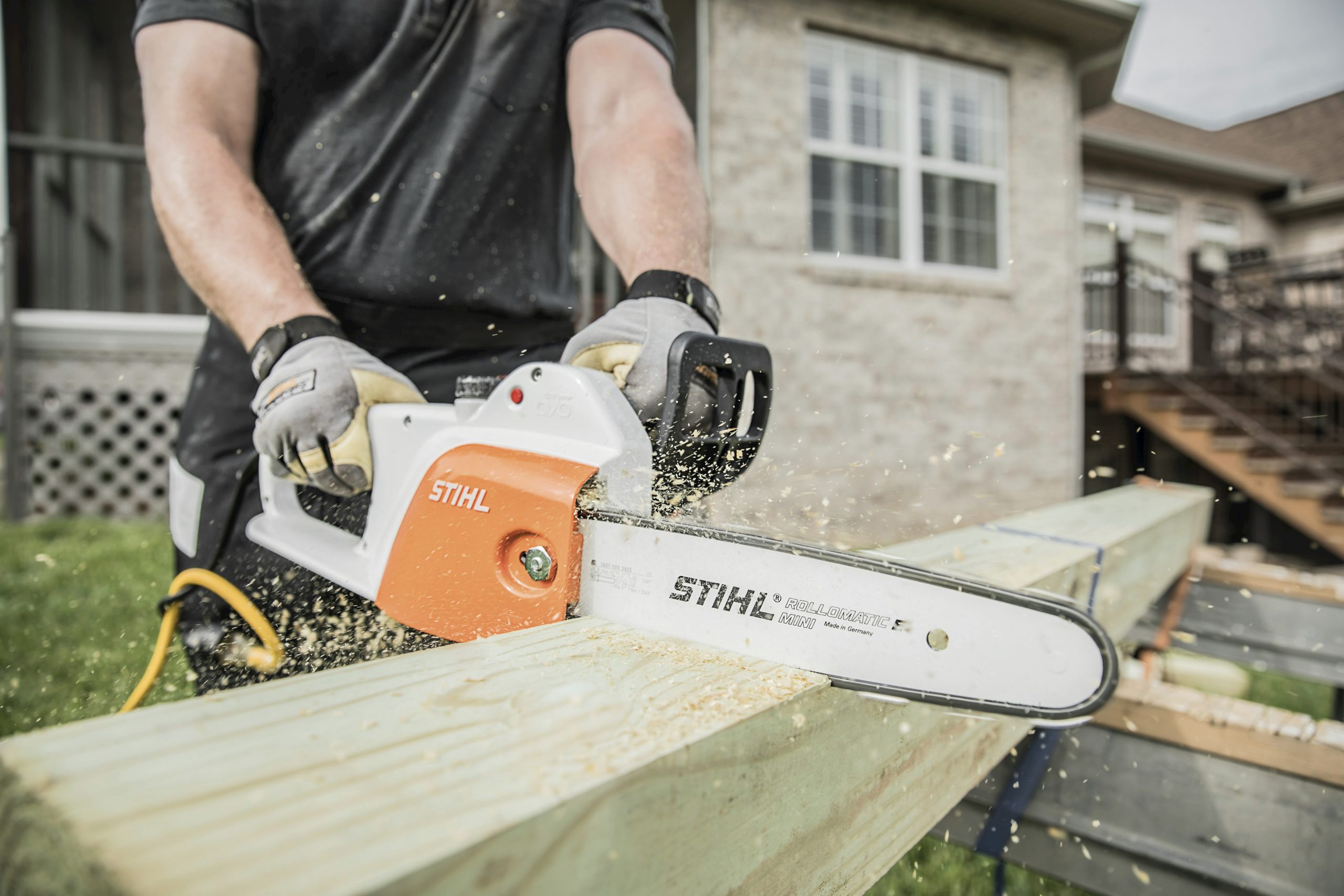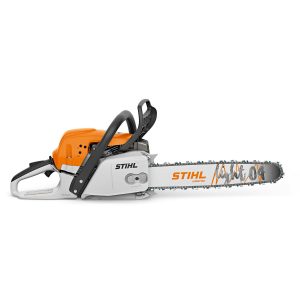Saw blades are invaluable tools for various cutting tasks, but they are susceptible to rust when exposed to moisture and environmental elements. Rust not only compromises the blade's cutting performance but also shortens its lifespan. To ensure your saw blades remain in top condition, it's essential to implement effective rust prevention strategies. In this article, we'll explore practical techniques to keep your saw blades rust-free, allowing you to maximize their performance and longevity.
1. Clean and Dry Blades After Use:
- Immediate Maintenance: After using saw blades, promptly clean them to remove any debris, sap, or residue that may promote rust formation. Use a brush or compressed air to dislodge particles from the teeth and surface of the blade.
- Thorough Drying: Ensure the blades are completely dry before storing them. Moisture is a primary catalyst for rust, so allowing the blades to air dry or using a clean, dry cloth to wipe them down can help prevent moisture accumulation.
2. Apply a Protective Coating:
- Rust Inhibitors: Consider applying a rust inhibitor or protective coating to the surface of the saw blades. These coatings form a barrier that shields the metal from moisture and corrosion. Be sure to choose a product specifically designed for saw blades and follow the manufacturer's instructions for application.
- Lubricate Moving Parts: For circular saw blades or other types of blades with moving components, applying a thin layer of lubricant to the pivot points and moving parts can prevent friction-induced rust and ensure smooth operation.
3. Store Blades Properly:
- Dry, Well-Ventilated Area: Store saw blades in a clean, dry environment with adequate ventilation to minimize moisture buildup. Avoid storing blades in damp or humid areas, such as basements or outdoor sheds, as these conditions can accelerate rust formation.
- Vertical Storage: Store saw blades vertically or on edge rather than flat to allow air circulation around each blade. This reduces the risk of moisture trapping and promotes even drying.
4. Use Desiccants or Moisture Absorbers:
- Silica Gel Packs: Place silica gel packs or moisture-absorbing packets in the storage area to absorb excess moisture and maintain a dry environment. Replace the desiccants periodically or as needed to ensure effectiveness.
- Dehumidifiers: If storing blades in a larger workspace or tool cabinet, consider using a dehumidifier to control humidity levels and prevent moisture-related issues, including rust formation on saw blades and other tools.
5. Regular Inspection and Maintenance:
- Visual Inspection: Periodically inspect saw blades for any signs of rust or corrosion. Catching rust early allows for prompt intervention and prevents it from spreading and causing further damage.
- Reapply Protective Coatings: If using protective coatings or rust inhibitors, periodically reapply them according to the manufacturer's recommendations to maintain their effectiveness over time.
6. Invest in Quality Blades:
- High-Quality Materials: Invest in saw blades made from high-quality materials that are less prone to rust and corrosion. Look for blades with specialized coatings or treatments designed to enhance durability and resistance to environmental elements.
- Replace Damaged Blades: If a saw blade becomes severely rusted or corroded, consider replacing it rather than attempting to restore it. Damaged blades compromise cutting performance and safety, so it's essential to prioritize user safety.
Conclusion:
In conclusion, preventing rust on saw blades requires proactive maintenance and proper storage practices. By cleaning and drying blades after use, applying protective coatings, storing blades in a dry environment, using desiccants or moisture absorbers, conducting regular inspections, and investing in quality blades, you can effectively safeguard your saw blades against rust and corrosion. Implementing these strategies not only preserves the integrity and performance of your saw blades but also extends their lifespan, ultimately saving you time and money in the long run.







+ There are no comments
Add yours